A Cornell University-led collaboration has created the first microscopic robots that incorporate semiconductor components, allowing them to be controlled – and made to walk – with standard electronic signals.
Tag: Robotics
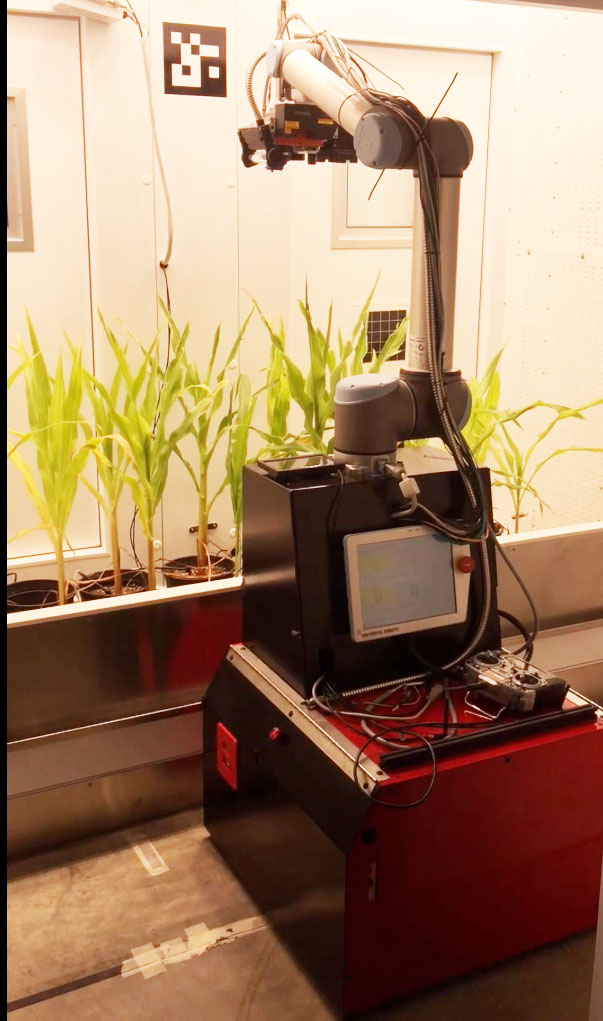
Plant scientists use robotics to study the interaction of heat stress responses in corn
A new study shows how two responses in separate locations inside plant cells work in concert to help corn plants respond to heat stress. The research was made possible by the Enviratron, an innovative plant sciences facility at Iowa State University that utilizes a robotic rover and highly controlled growth chambers.
Enabling Remote Whole-Body Control with 5G Edge Computing
There are many real-world — and, someday, potentially, off-world — applications for light-weight, energy-efficient, fully autonomous robots. Yet the more autonomous a robot is, the greater its computational requirements. Onboarding the components to handle this computational function adds weight, cost and reduces…
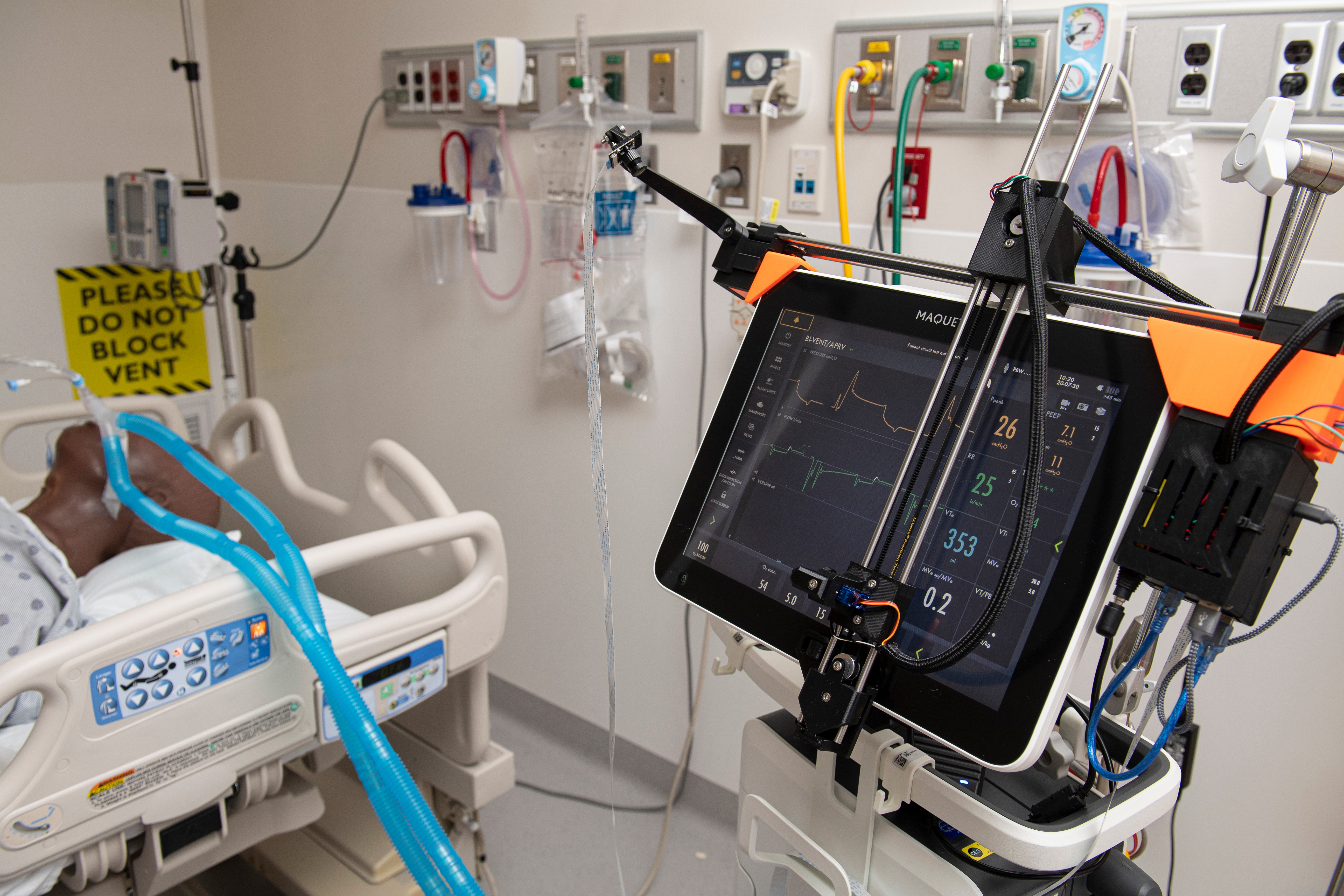
JHU Robotic System Remotely Controls Ventilators In COVID-19 Patient Rooms
A new robotic system allows medical staff to remotely operate ventilators and other bedside machines from outside intensive care rooms of patients suffering from infectious diseases.
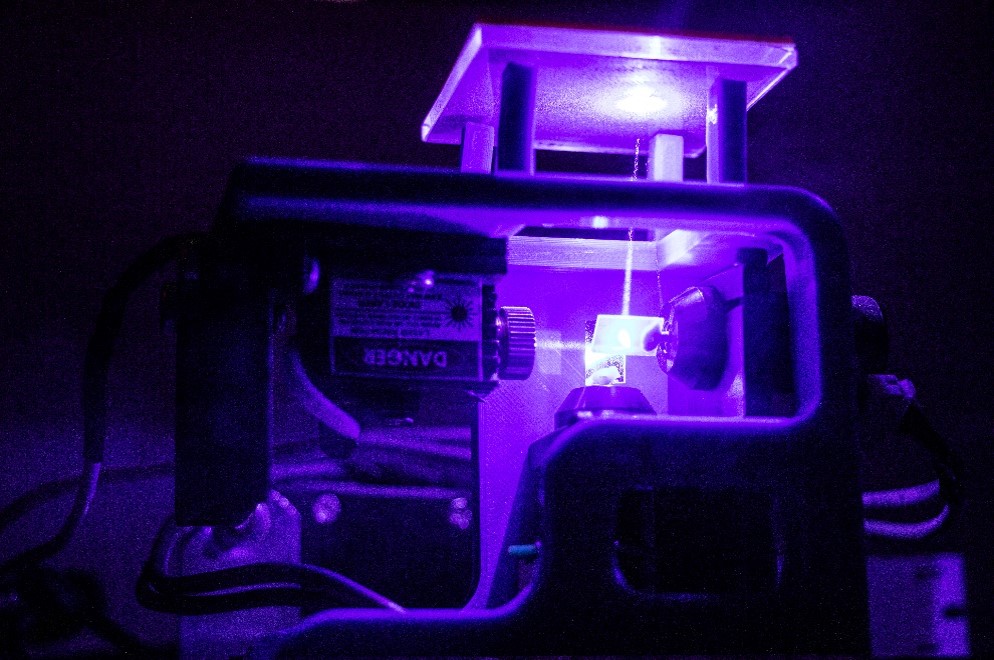
Laser Inversion enables Multi-Materials 3D Printing
Selective laser sintering is one of the most widely used processes in additive manufacturing, but it is limited to printing with a single material at a time. Columbia engineers have used their expertise in robotics to develop a new approach to overcome this limitation: By inverting the laser so that it points upwards, they’ve invented a way to enable SLS to use—at the same time—multiple materials.
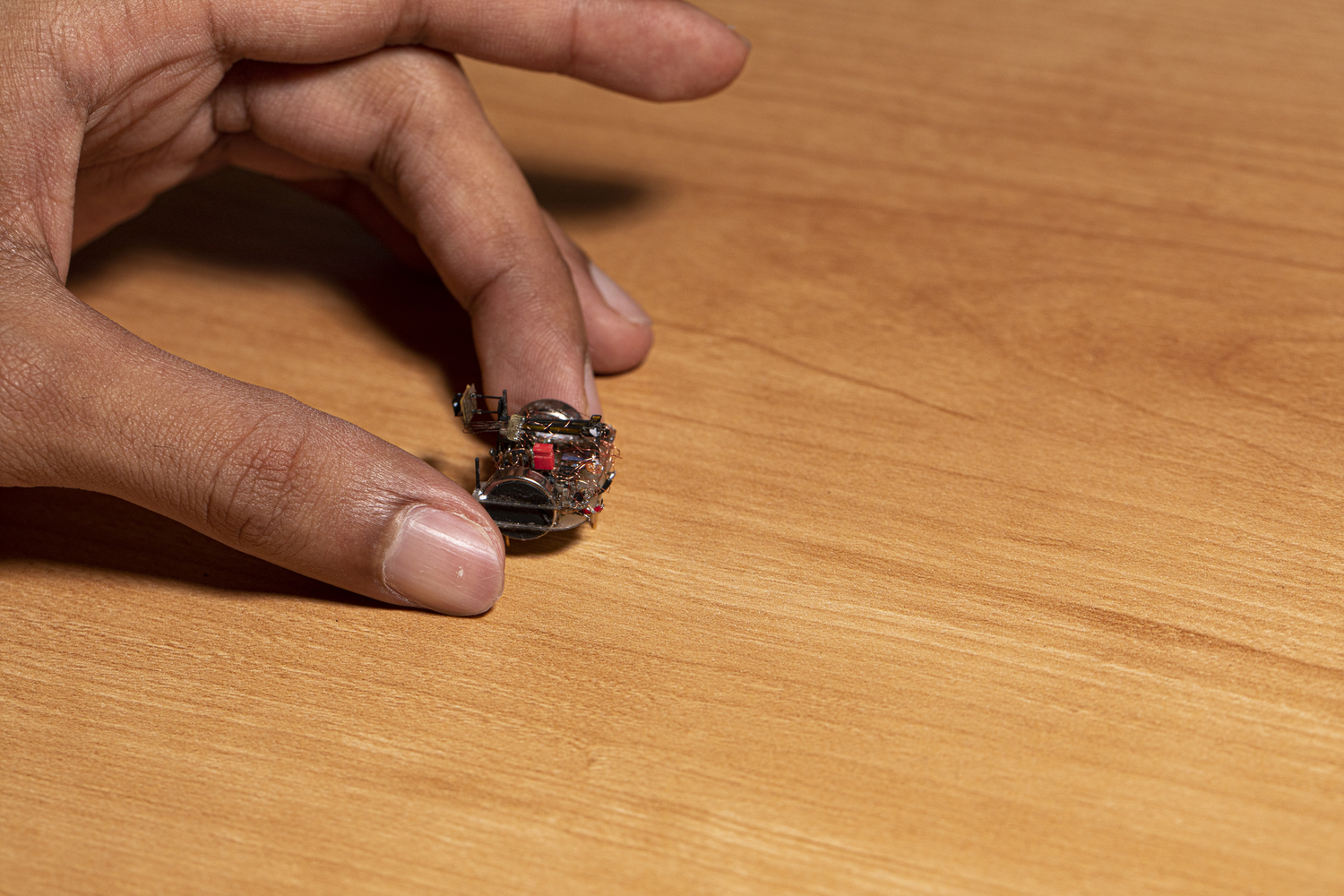
A GoPro for beetles: Researchers create a robotic camera backpack for insects
Researchers at the University of Washington have developed a tiny wireless steerable camera that can ride aboard an insect or an insect-sized robot.
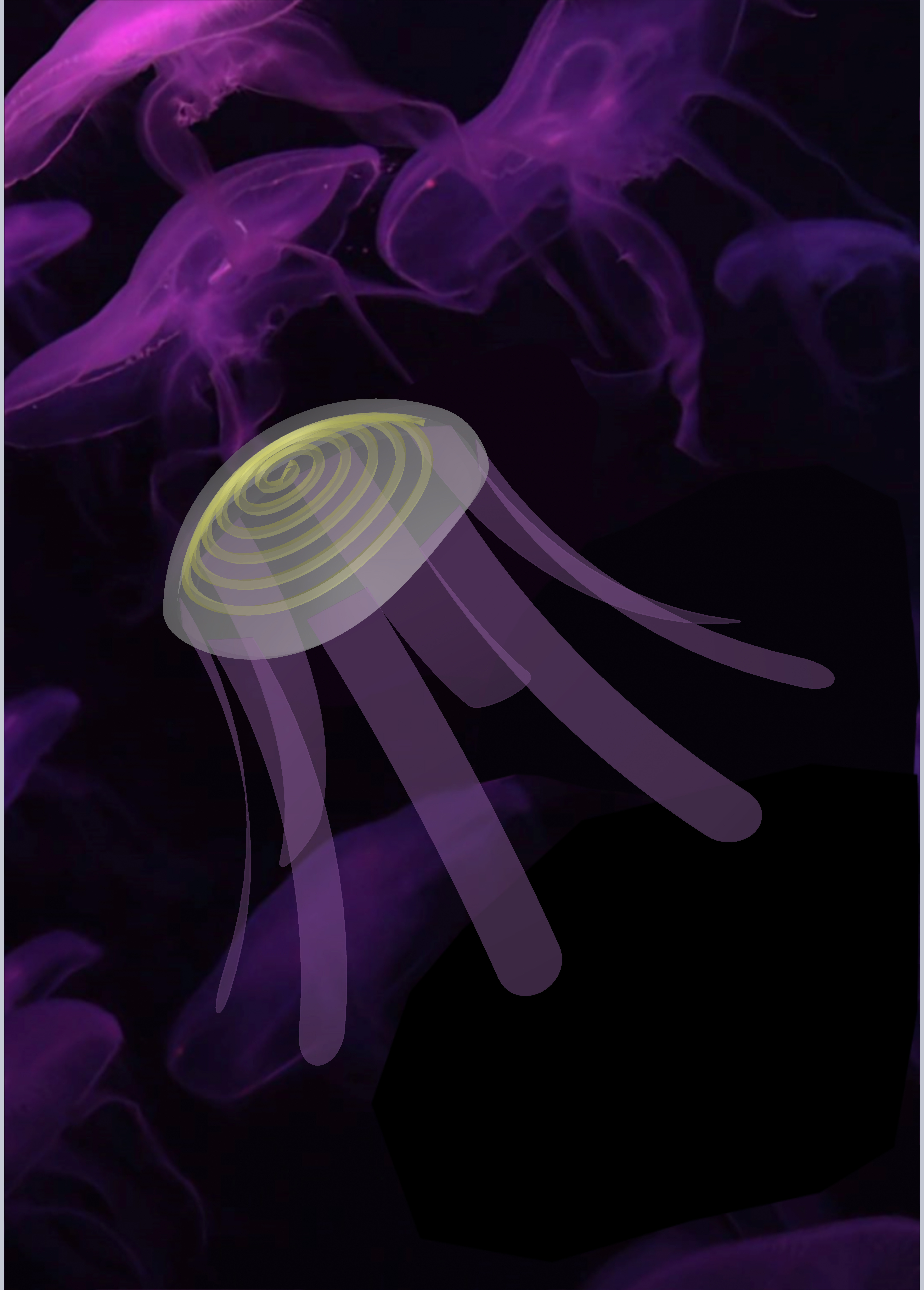
Jellyfish-Inspired Soft Robots Can Outswim Their Natural Counterparts
Engineering researchers have developed soft robots inspired by jellyfish that can outswim their real-life counterparts. More practically, the new jellyfish-bots highlight a technique that uses pre-stressed polymers to make soft robots more powerful.
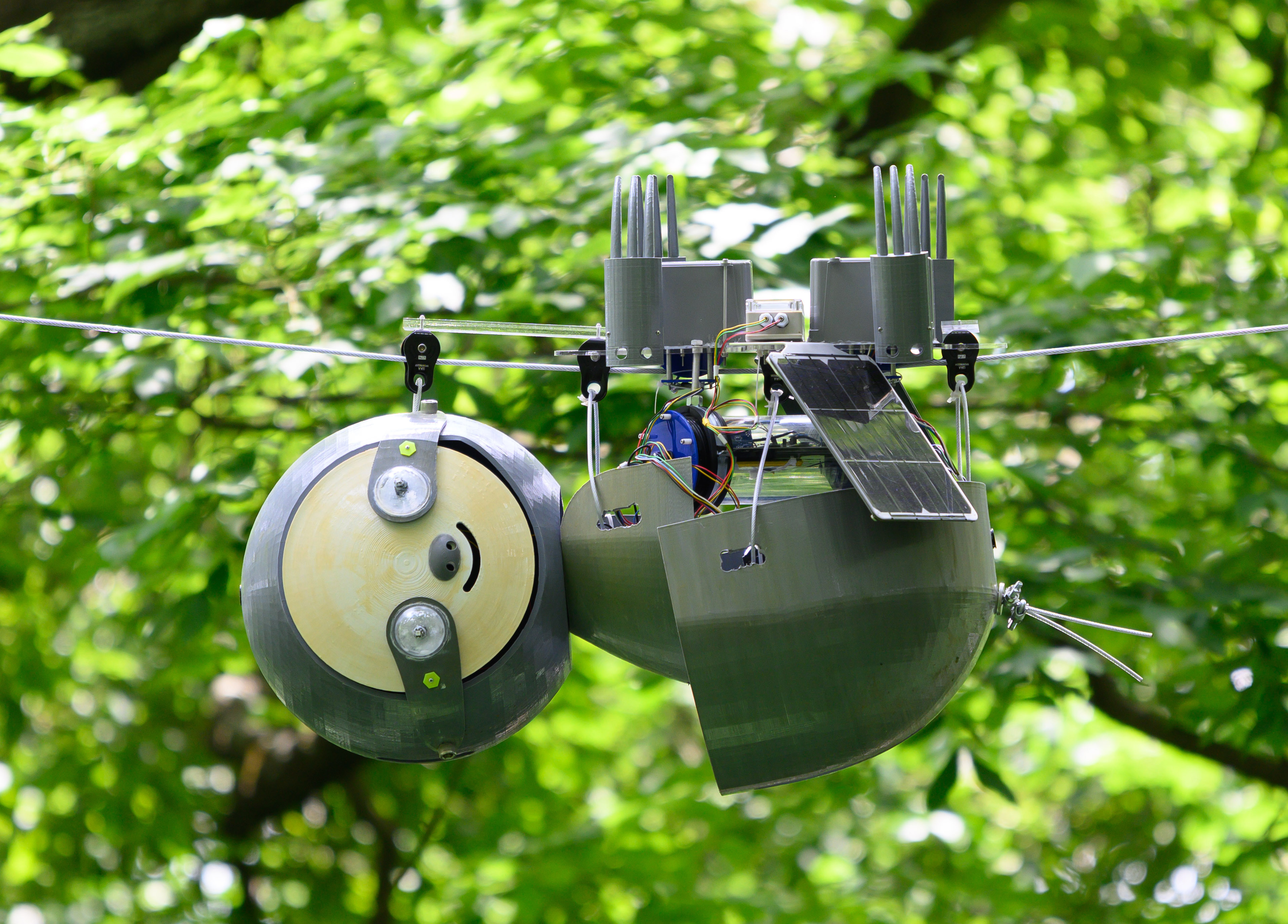
‘SlothBot in the Garden’ Demonstrates Hyper-Efficient Conservation Robot
For the next several months, visitors to the Atlanta Botanical Garden will be able to observe the testing of a new high-tech tool in the battle to save some of the world’s most endangered species. SlothBot, a slow-moving and energy-efficient robot that can linger in the trees to monitor animals, plants, and the environment below, will be tested near the Garden’s popular Canopy Walk.

Robots armed with UV light fight grape mildew
Robots fitted with ultraviolet light lamps that roam vineyards at night are proving effective at killing powdery mildew, a devastating pathogen for many crops, including grapes.
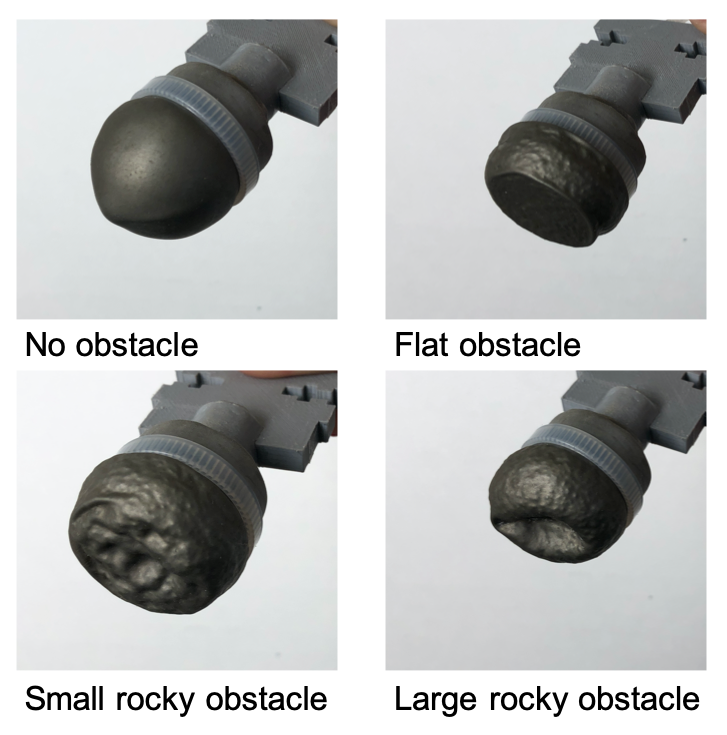
These flexible feet help robots walk faster
Roboticists at the University of California San Diego have developed flexible feet that can help robots walk up to 40 percent faster on uneven terrain such as pebbles and wood chips. The work has applications for search-and-rescue missions as well as space exploration.
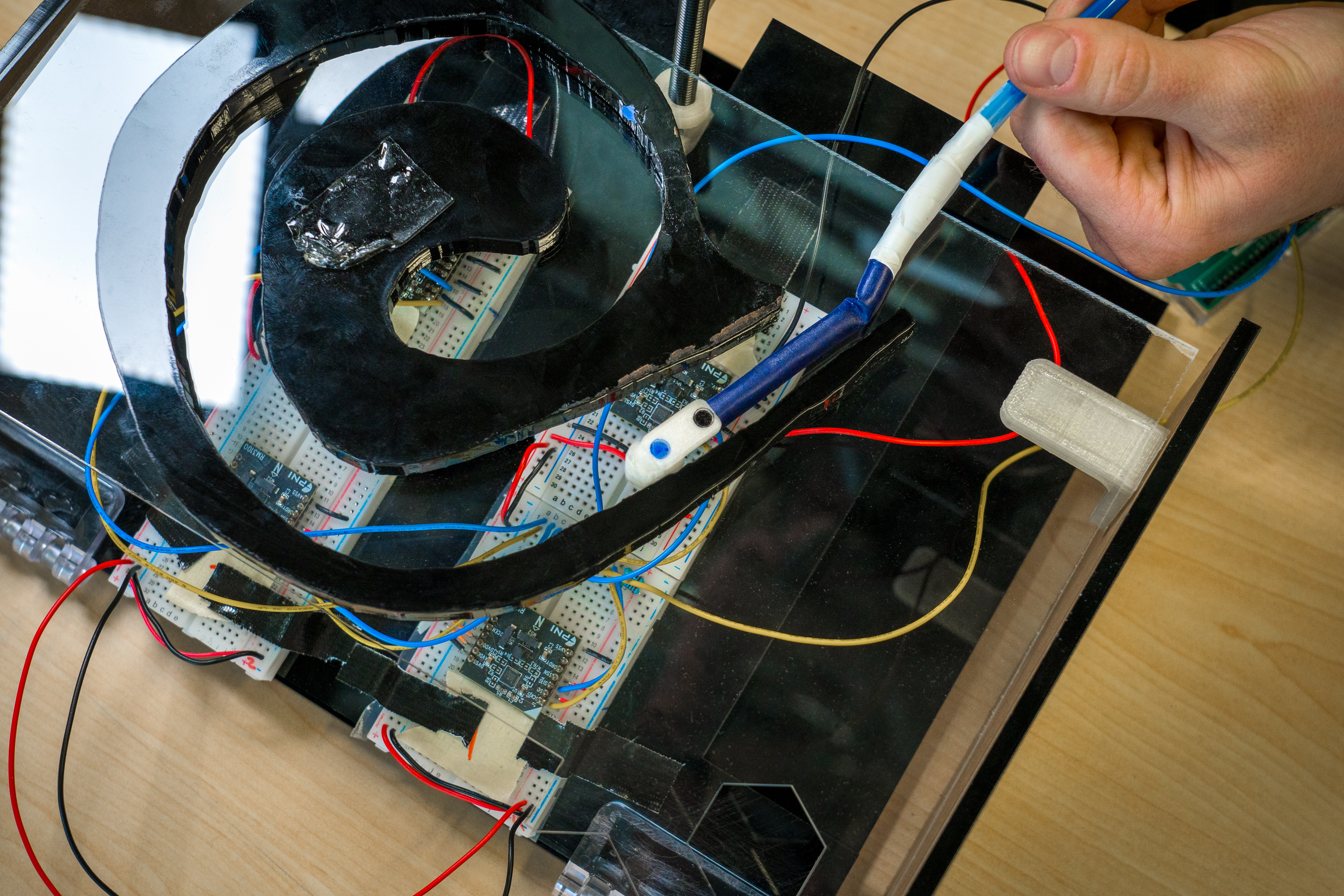
Engineers develop low-cost, high-accuracy GPS-like system for flexible medical robots
Roboticists at the University of California San Diego have developed an affordable, easy to use system to track the location of flexible surgical robots inside the human body. The system performs as well as current state of the art methods, but is much less expensive.
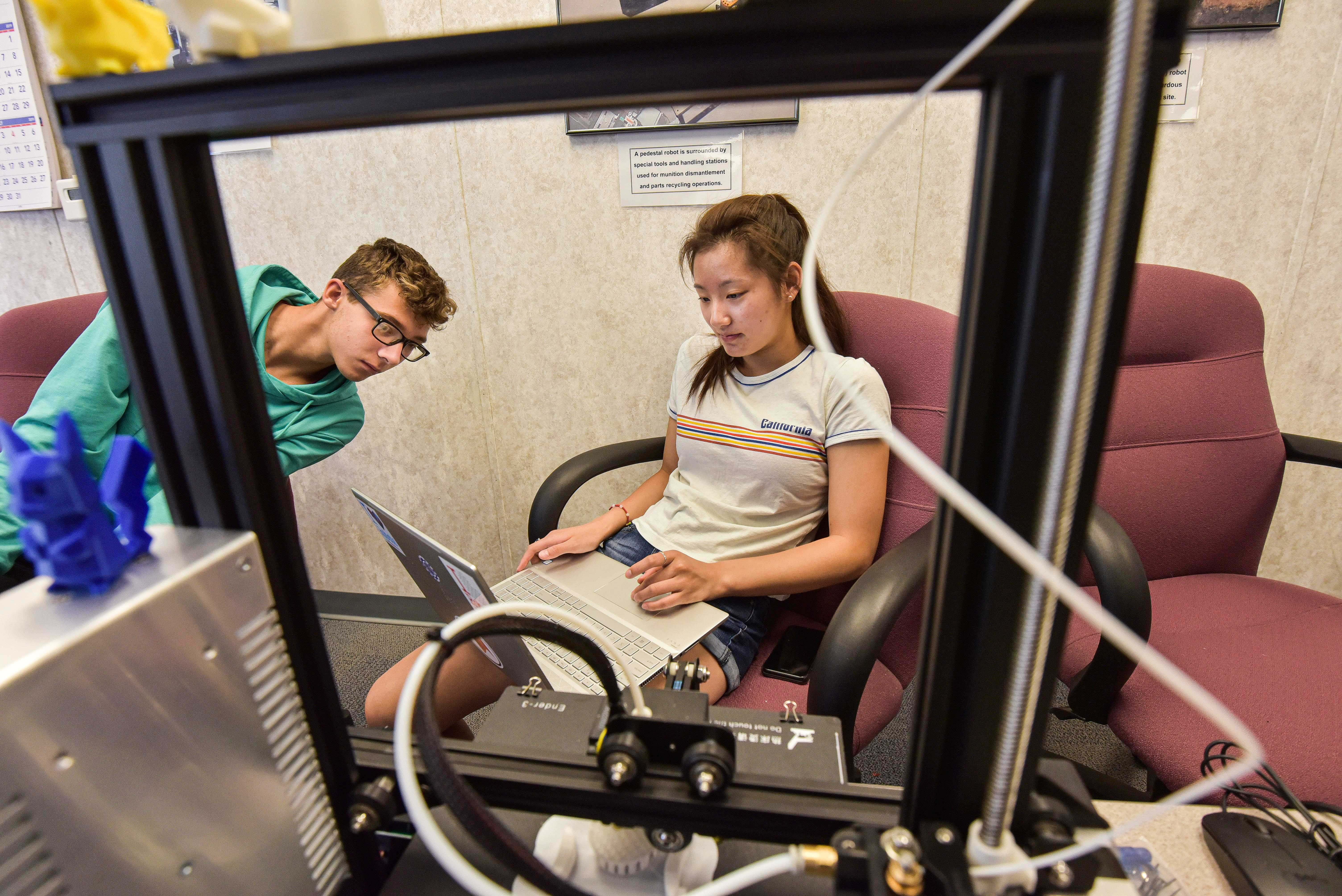
Teens pay it forward, use 3D printers built at Sandia to make face shields
Teens who built 3D printers during a weeklong robotics camp at Sandia National Laboratories last year have used them to make more than 3,000 face shields that have been donated to medical professionals and first responders in New Mexico.
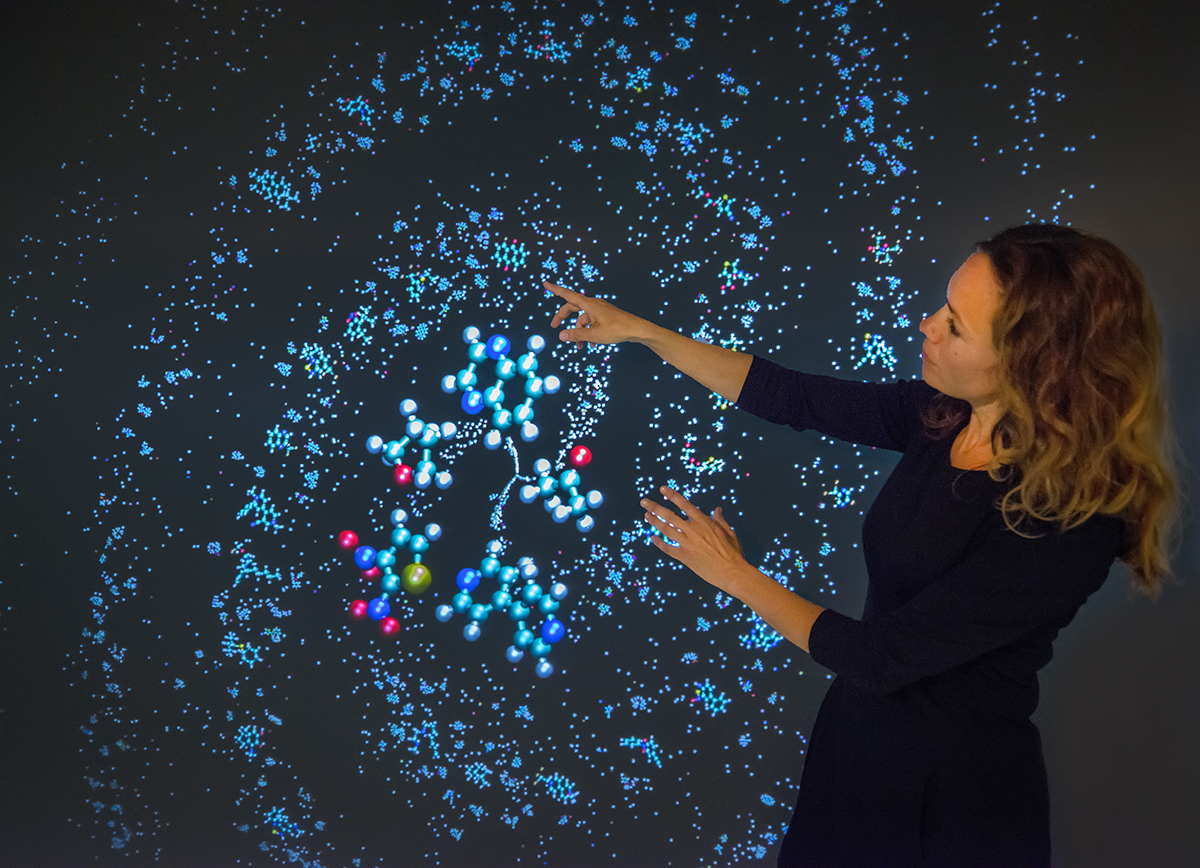
Making a Material World Better, Faster Now: Q&A With Materials Project Director Kristin Persson
Berkeley Lab’s Kristin Persson shares her thoughts on what inspired her to launch the Materials Project online database, the future of materials research and machine learning, and how she found her own way into a STEM career.
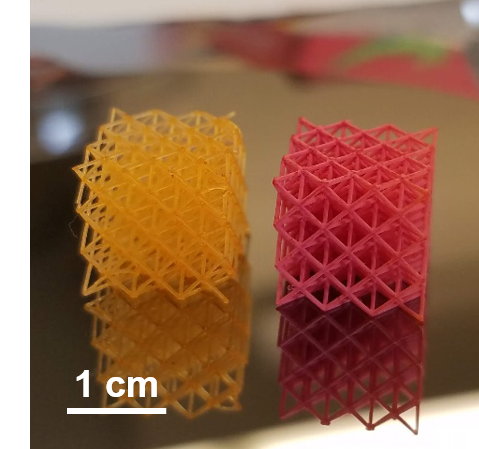
A Great New Way to Paint 3D-Printed Objects
Rutgers engineers have created a highly effective way to paint complex 3D-printed objects, such as lightweight frames for aircraft and biomedical stents, that could save manufacturers time and money and provide new opportunities to create “smart skins” for printed parts. The findings are published in the journal ACS Applied Materials & Interfaces.
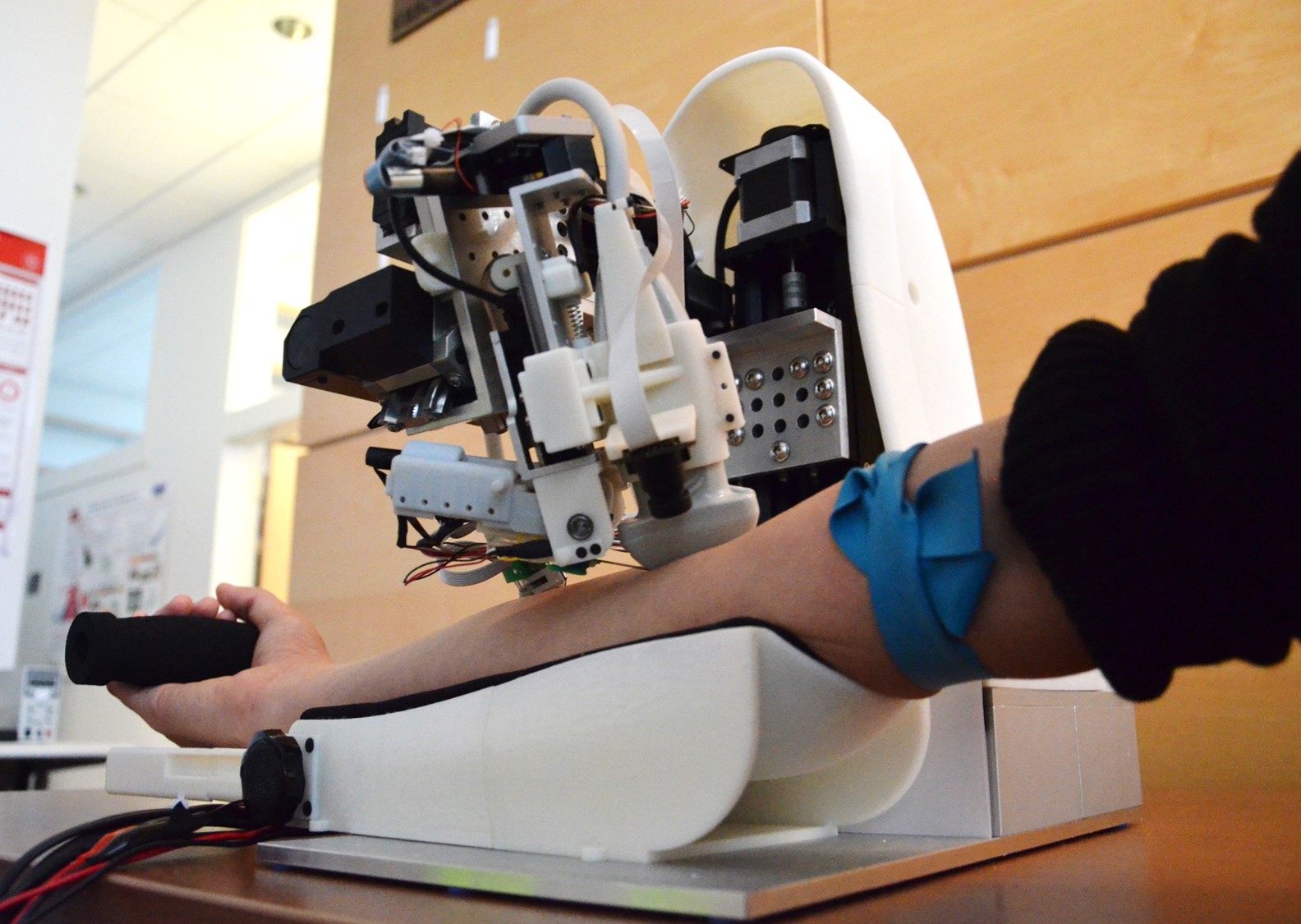
Robot Uses Artificial Intelligence and Imaging to Draw Blood
Rutgers engineers have created a tabletop device that combines a robot, artificial intelligence and near-infrared and ultrasound imaging to draw blood or insert catheters to deliver fluids and drugs. Their research results, published in the journal Nature Machine Intelligence, suggest that autonomous systems like the image-guided robotic device could outperform people on some complex medical tasks.
A Tactile Robot Finger with No Blind Spots
Researchers at Columbia Engineering announced today that they have introduced a new type of robotic finger with a sense of touch. Their finger can localize touch with very high precision—<1mm—over a large, multicurved surface, much like its human counterpart.

With a little help from my robot friend
What will it take for robot assistants to become more integrated in our daily lives? Assistant Professor Naomi Fitter thinks they’ll need to master the physical aspects of social interactions, while Associate Professor Cindy Grimm cautions against programming them to behave just like us.
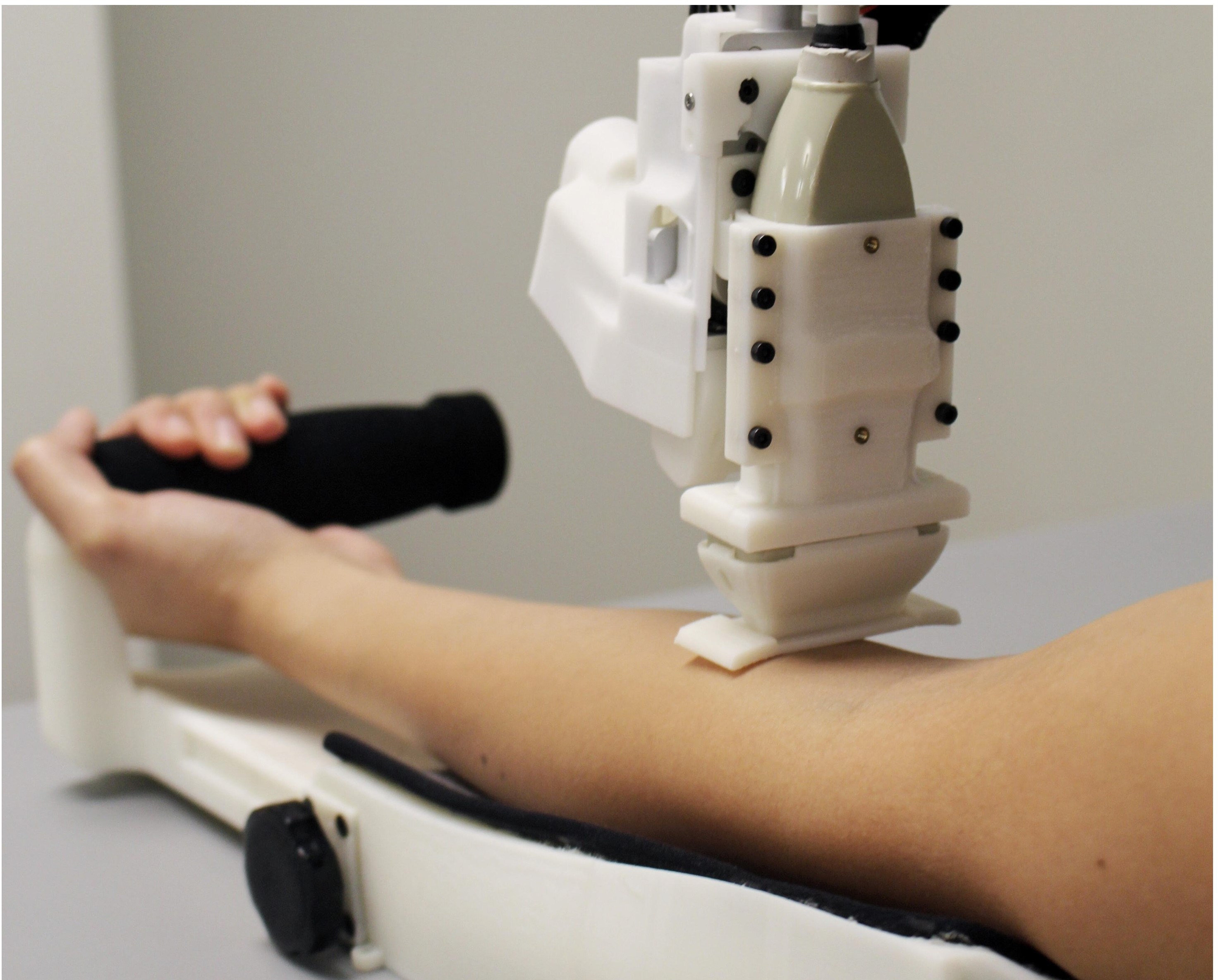
New Robot Does Superior Job Sampling Blood
In the future, robots could take blood samples, benefiting patients and healthcare workers alike. A Rutgers-led team has created a blood-sampling robot that performed as well or better than people, according to the first human clinical trial of an automated blood drawing and testing device.

Tufts University Team Wins a Grand Prize in NSF Idea Machine Competition
A Tufts University team is one of four grand prize winners in the National Science Foundation’s search for big ideas to inform its research agenda for the coming decade.
Robot sweat regulates temperature, key for extreme conditions
Just when it seemed like robots couldn’t get any cooler, Cornell University researchers have created a soft robot muscle that can regulate its temperature through sweating.
Rutgers Experts Available to Discuss How Robots Enable Chemical Exposure Assessment
New Brunswick, N.J. (Jan. 27, 2020) – Robots can be programmed to perform tasks such as painting to generate exposure data on potentially harmful contaminants, according to a study in the Journal of Exposure Science & Environmental Epidemiology that was co-led…
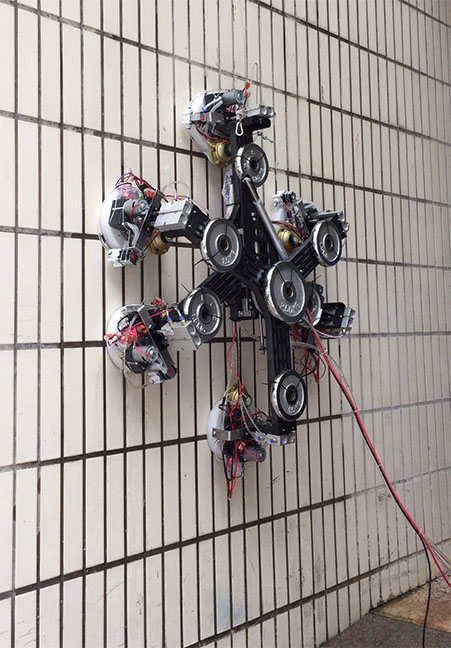
Spider-Man-Style Robotic Graspers Defy Gravity
Traditional methods of vacuum suction and previous vacuum suction devices cannot maintain suction on rough surfaces due to vacuum leakage, which leads to suction failure. Researchers Xin Li and Kaige Shi developed a zero-pressure difference method to enhance the development of vacuum suction units. Their method overcame leakage limitations by using a high-speed rotating water ring between the surface and suction cup to maintain the vacuum. They discuss their work in Physics of Fluids.
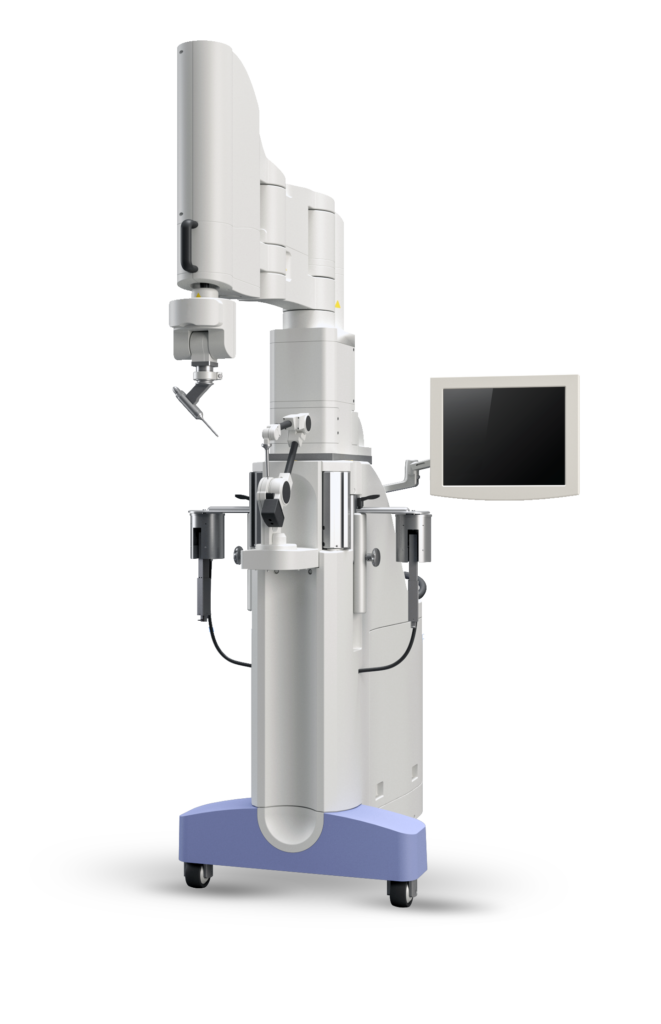
Hackensack University Medical Center is First in the Nation to Acquire the TSolution One® Active Robot by THINK Surgical for Total Knee Replacement Procedures
The TSolution One® Surgical System combines two exclusive innovations to advance total joint replacement surgery. The system consists of TPLAN®, a 3D pre-surgical planning workstation and TCAT®, a computer assisted tool. The pre-surgical planning allows the surgeon to design and prepare, in a virtual environment, the patient’s unique joint replacement plan using a choice of implant options. Total joint replacement surgery involves removing the diseased knee joint and replacing it with a joint implant. During the joint replacement surgery, the surgeon implements the patient’s pre-planned procedure using the active robot, which prepares the joint according to the surgeon’s plan for precise placement of implants.
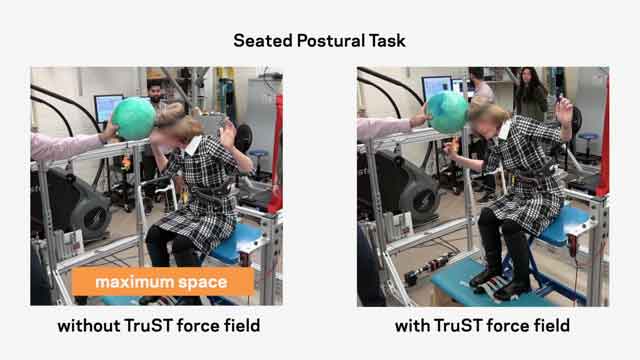
Robotic Trunk Support Assists Those with Spinal Cord Injury
A Columbia Engineering team has invented a robotic device—the Trunk-Support Trainer (TruST)—that can be used to assist and train people with spinal cord injuries (SCIs) to sit more stably by improving their trunk control, and thus gain an expanded active sitting workspace without falling over or using their hands to balance. The study is the first to measure and define the sitting workspace of patients with SCI based on their active trunk control.
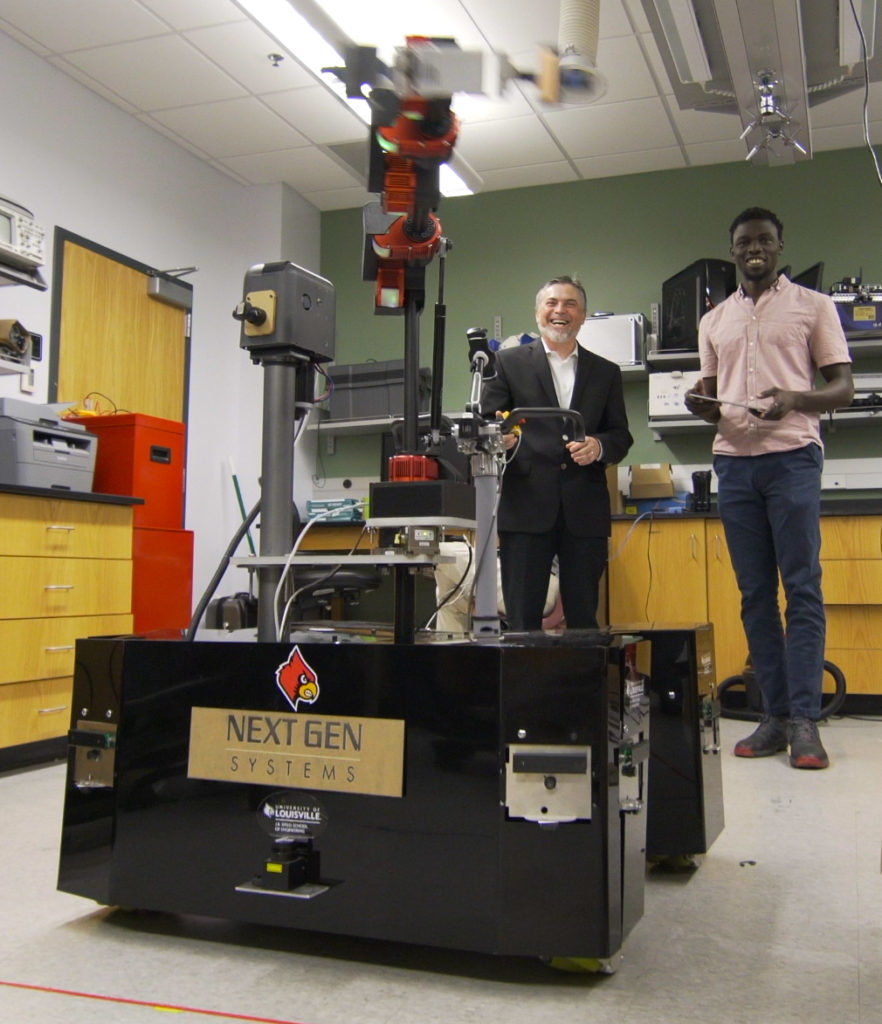
$24 Million Partnership to Advance Next Generation Manufacturing Technologies in Kentucky
The project, Kentucky Advanced Partnership for Enhanced Robotics and Structures (or KAMPERS), will harness the collective research power of 40 multidisciplinary researchers from eight Kentucky universities and colleges. The grant will support the fundamental science needed to advance next generation manufacturing technologies, flexible electronics and robotics.
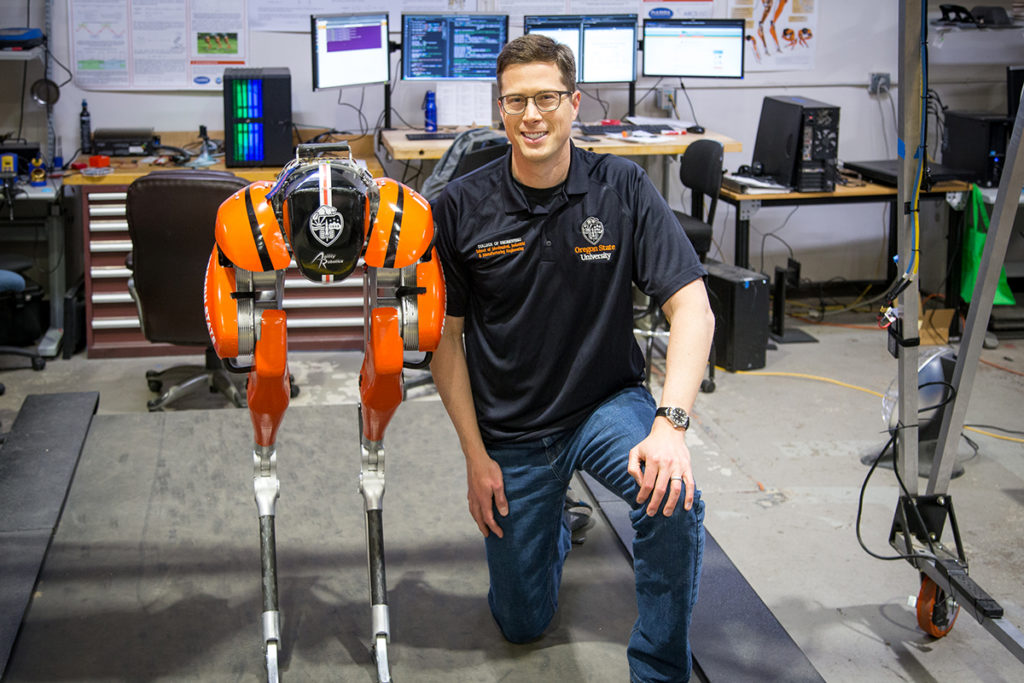
Robots: Will they walk among us?
For robots to be more useful around people, they’ll need to go where we go. But how? Oregon State University Associate Professor Jonathan Hurst thinks the answer is simple. Walking. But actually making a walking robot is no simple feat.
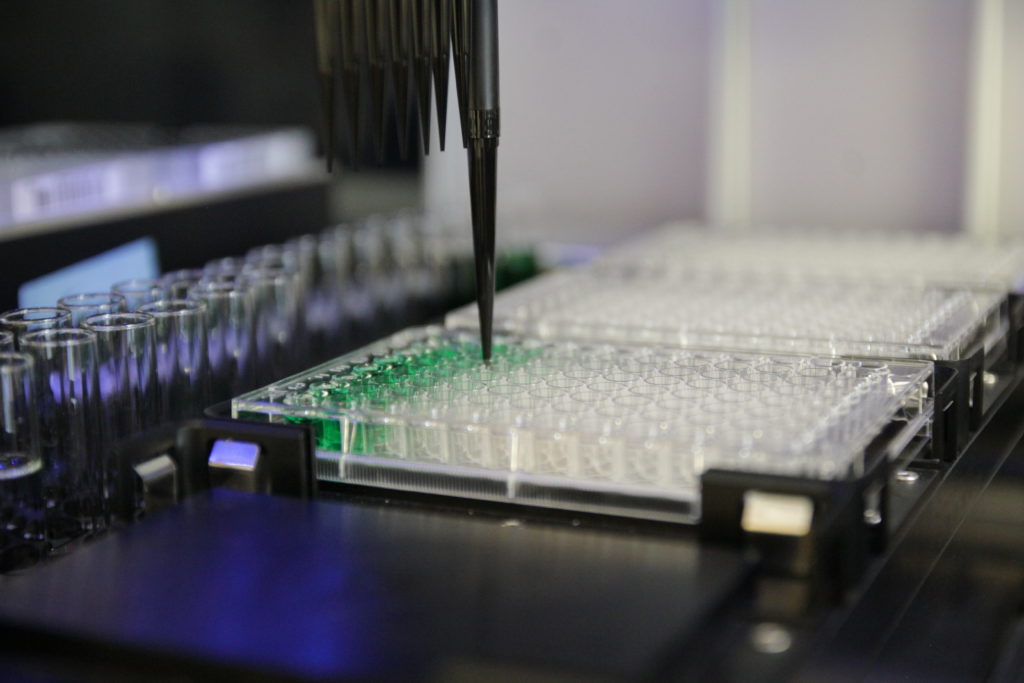
A Robot and Software Make it Easier to Create Advanced Materials
A Rutgers-led team of engineers has developed an automated way to produce polymers, making it much easier to create advanced materials aimed at improving human health. The innovation is a critical step in pushing the limits for researchers who want to explore large libraries of polymers, including plastics and fibers, for chemical and biological applications such as drugs and regenerative medicine through tissue engineering.
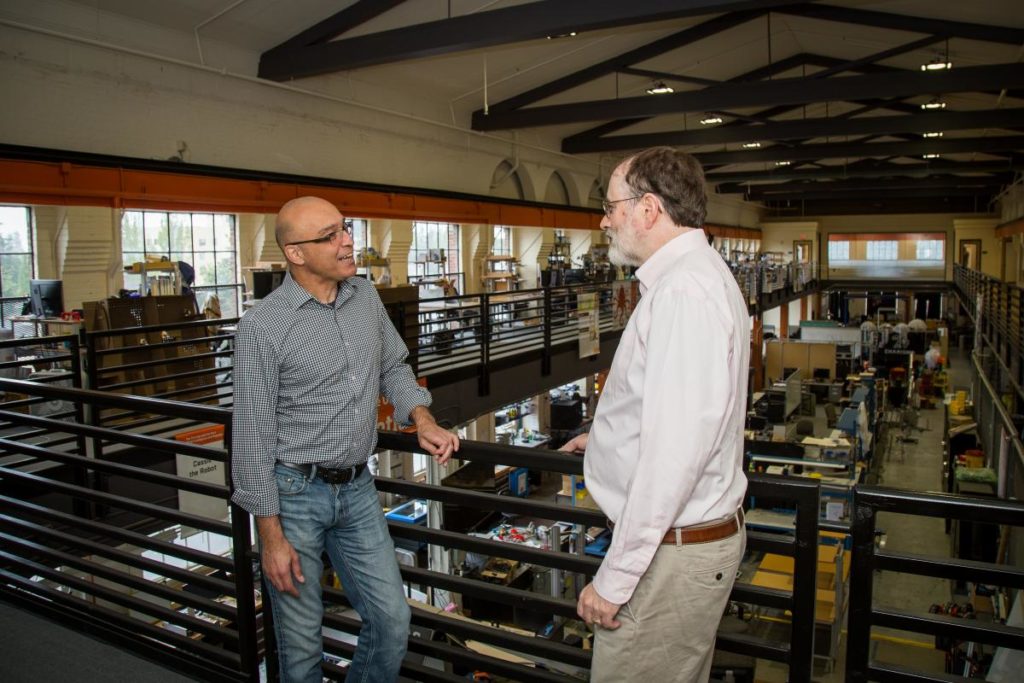
The beautiful music of robotics and AI
How do you integrate ethics, policy, and practicality into the design of revolutionary robotics and artificial intelligence systems? Researchers Kagan Tumer and Tom Dietterich are collaborating to find out as they help lead the Oregon State Collaborative Robotics and Intelligent Systems Institute.

NSF grant provides next step for assistive walking exoskeletons
To understand, model and optimize the comfort of lower limb robotic exoskeletons, researchers in the Penn State Department of Mechanical Engineering have been awarded a $700,000 grant from the National Science Foundation.
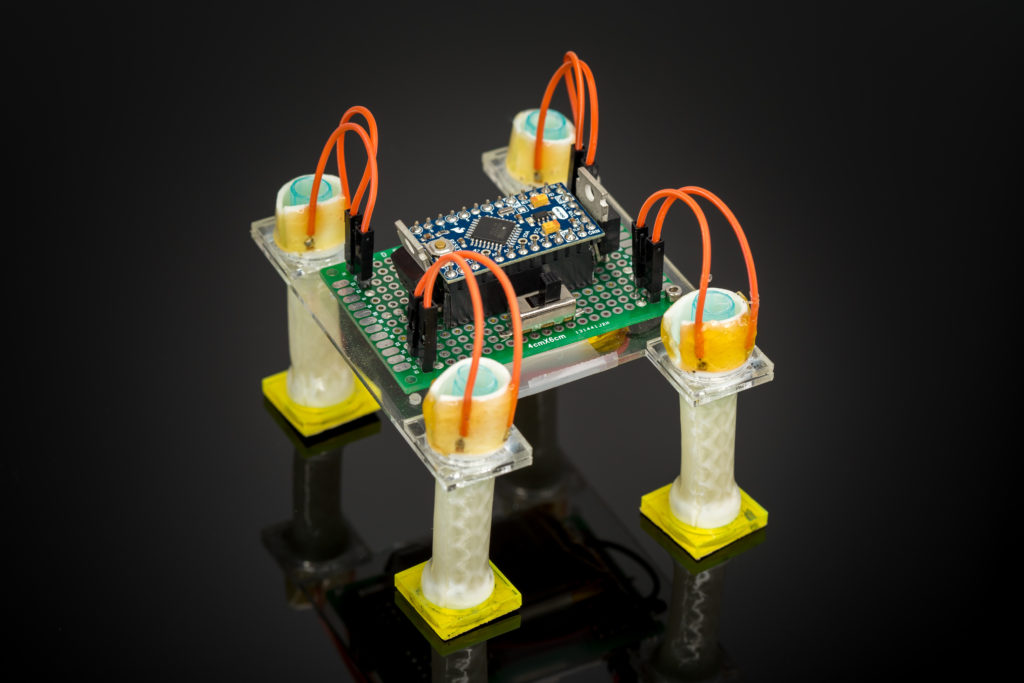
These new soft actuators could make soft robots less bulky
Engineers at the University of California San Diego have developed a way to build soft robots that are compact, portable and multifunctional. The advance was made possible by creating soft, tubular actuators whose movements are electrically controlled, which makes them easy to integrate with small electronic components. As a proof of concept, engineers used these new actuators to build a soft, untethered, battery-powered, walking robot and a soft gripper.

The American Institute of Physics Announces 2019 Science Communication Award Winners
The winners of the 2019 AIP Science Communication Awards are announced for their topical works on robotics inspired by animals, the nature of the universe, climate change, the awe and excitement of space, and the mystery of black holes. The winners are David L. Hu, Marcia Bartusiak, Nathaniel Rich, Raman Prinja, and Rushmore DeNooyer.

Artificial Intelligence/Machine Learning are rapidly changing. The materials research community is just beginning to utilize AI and ML in the research process, and it is already clear that this represents a potentially game changing development.
Dr. Benji Maruyama is a Principal Materials Research Engineer in the Air Force Research Laboratory, Materials & Manufacturing Directorate. He is the Leader of the Flexible Materials and Processes Research Team, and leads research on the synthesis and processing science…

GIVING SMART VEHICLES THEIR SENSE OF DIRECTION
Before self-driving vehicles become a permanent fixture on our roads they need to overcome two challenges—figuring out where they are and their range of motion (localization) and modeling their surroundings to avoid running into stuff (mapping).
In the world of robotics, it’s called SLAM—simultaneous localization and mapping. Researchers at the University of Delaware have developed novel SLAM algorithms that offer the best solution to date for giving these vehicles a sense of direction.

Robotic Neck Brace Dramatically Improves Functions of ALS Patients
A Columbia Engineering-designed robotic brace that supports the neck during its natural motion is the first device shown to dramatically assist ALS patients in holding their heads and actively supporting them during range of motion. The brace should improve patients’ quality of life, not only in improving eye contact during conversation